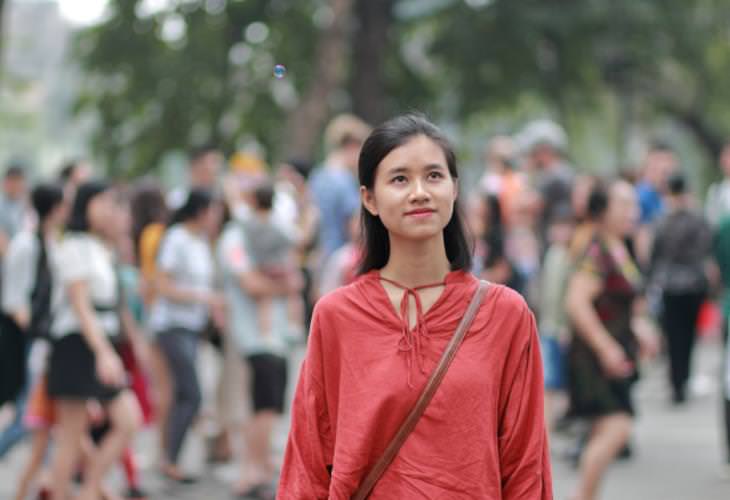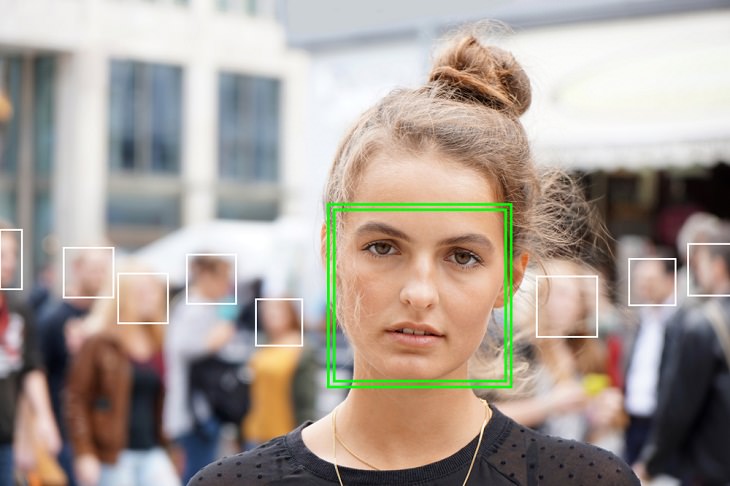You could have a superpower and not even know it. For instance, do you feel are really good at recognizing people’s faces? Like maybe you saw a man in a mall and remembered he was the same guy who had once done your plumbing in your childhood home more than 15 years back in a different city? Or maybe you can recognize the same nameless extras across different TV programs and adverts?
All this sounds a little too much, right? After all, how can one memorize what someone’s face looks like? Well, you would be surprised to know that there is a rare group of people in our world who have the extraordinary ability to NEVER forget a face, even after the briefest glimpse. Science describes them as “Super-Recognizers”.
Who exactly is a super-recognizer?
They are people walking among us who, in real life, have the potential to memorize or recognize any face they have ever seen in their past. These people are called Super-Recognizers. The average person can only remember a small number of faces they have seen. But these special people can successfully identify significantly more.
You may have heard of the condition called prosopagnosia or face blindness where a specific part of the brain doesn’t allow a person to see faces. Sometimes, they even struggle to recognize friends and family. Similarly, at the other end of this spectrum are a small number of people who excel at recognizing faces – super-recognizers.
The term was first mentioned in 2009 when people with abilities of face perception, face recognition, and identification of celebrities based on their childhood pictures was reported. Since then, researchers have been assessing super-recognizers and their skills. They have found three main things:
* Super-recognizers outclass most people at learning new faces and even identifying them from headshots.
* They are faster at recognizing whether two photos of unfamiliar people show an identical person or two different people.
* Their special ability is likely to have a genetic basis and is limited to faces.
But how are these people classed? Usually, a person can be defined as a super-recognizer if they reach a threshold score on the Cambridge face memory test. In this test, participants are asked to learn a series of faces and then identify them from different photographs. In recent years, the focus has been more on the high scores that one can score consistently across a range of face tests. This includes matching pairs of unfamiliar faces. This is a similar job that border-control officers have to do when they match passport photos to real faces.
Other countries have similar tests to identify a super-recognizer too. For example, there’s a national test of face recognition abilities held in Australia where as many as 20,000 participate. Apart from this, there are also publicly available online screening tools to try to unearth the world’s best super-recognizers. You can take one of these tests yourself to see if you have the abilities of a super-recognizer.
Super-recognizers – the secret crime-fighters of our world
So, what do super-recognizers do with their abilities? Well, they help make the world a safer place. They fight crime just by virtue of being able to recognize people, like mug shots, footage of people in the act of committing a crime, etc. Scotland Yard, in London, is the first police force with a dedicated committee of super-recognizers. Many other agencies in the UK, including London’s Metropolitan Police, have these units as well.
During the 2011 London riots, super-recognizers from the Metropolitan Police helped identify more than 600 people from very poor-quality surveillance footage. This was a task that even the best facial recognition software couldn’t perform reliably. They have also been used in murder cases where they examine CCTV footage from crime scenes.
This is an in-demand skill for obvious reasons. Over the last few years, security and law enforcement agencies around the world have started recruiting people who excel at facial-identity verification. Today, even private agencies are offering the services of super-recognizers.
How do they do it?

The underlying cause of a super recognizer's ability still isn’t clear. This is a new field and only about 20 scientific papers have studied super-recognizers so far. Scientists do believe that genetics plays a role. Research also shows that part of their ability comes from using a very particular comparison strategy – they first break down the face into individual facial features and then thoroughly analyze the similarity of each feature in turn. It’s even assumed that super-recognizers paint a more elaborate picture of the face they look at in their mind’s eye.
But since it’s such a rare phenomenon, more research will be needed to determine what exactly makes a super-recognizer.
Related: These Animals Possess Some Truly Remarkable Abilities
Can this skill be taught?
While there are training courses that teach facial anatomy, the talent that super-recognizers possess can’t be taught. As we mentioned above, research indicates that their face identification abilities are largely predetermined by genetics. So, basically, it’s likely a hard-wired skill that’s untrainable. But it's an exceptional albeit little-known ability that's likely to get more coverage and respect in the years to come.
So, if you find yourself recognizing an unfamiliar face in the crowd someday, don’t just pat yourself on the back. Go ahead and take the super-recognizer test. Who knows you too might end up fighting crime soon.
Share this post with friends and family...



